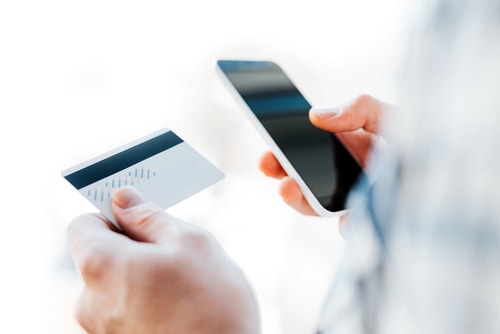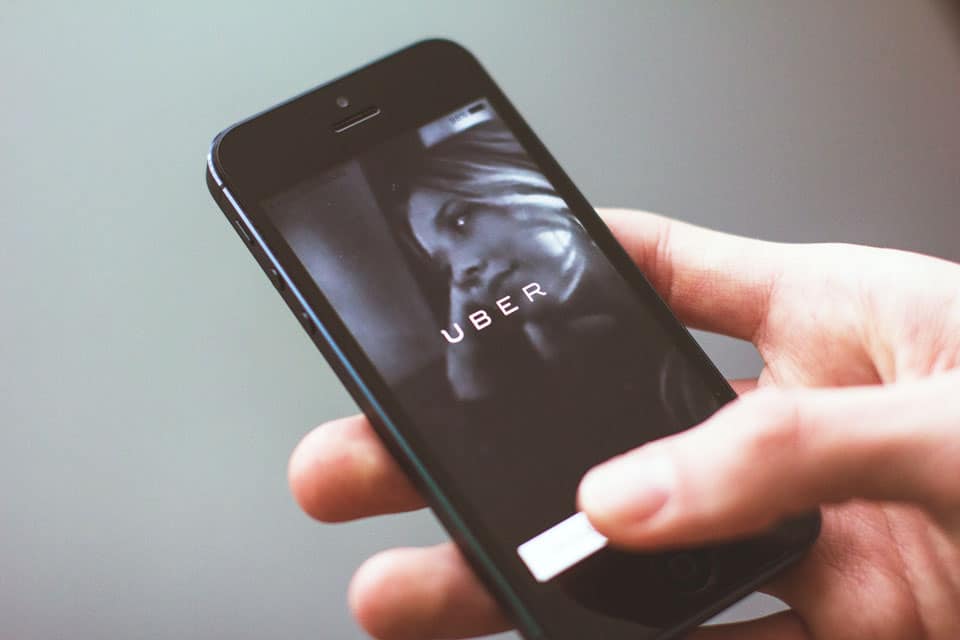Ever since Uber first appeared in San Francisco neighbourhoods it has strived for rapid growth and expansion. Six years later, Uber has cars in over 50 countries and ended 2015 on a high note, with a whopping $50 billion evaluation, and more than doubling the company’s worth in just half a year.
Uber’s dynamic pricing strategy has always been a critical driver of its success. Of course it’s also been the source of much controversy. Most recently, new legislation has even been proposed a ban to surge pricing in the U.S.
Despite Ubers pricing controversy we could all learn a lesson or two in pricing from Uber.
Costs Aren’t Everything
Let’s not forget about the 5 C’s of Pricing. Costs, competition, capacity, conditions and customers of course make up the 5Cs of Pricing. Often companies get hung up on one or two elements, and in particular, put too much emphasis on cost. But you must consider all of the 5C’s in order to have a 360 degree view of pricing and enough information to develop a comprehensive pricing strategy.
Insight into costs is essential to being profitable. It establishes a price floor. However, Uber gives us an example of how limiting cost-plus pricing can be. While fares in traditional taxis begin at a base fare, calculated according to vehicle and fuel costs among other things, Uber’s overheard is only one of many variables filtered into their much hushed-about pricing algorithm. Another important factor is customer willingness-to-pay.
On the subject of the 5Cs, it’s tough not to mention Uber’s unique capacity model as well. Like airlines and hotels, prices are largely based on how close the service is to full capacity.
Its capacity model is reminiscent of a former client in the pulp and paper industry. When demand for either pulp or paper changed, the plant was designed to adapt its capacity accordingly. Whichever was of greater need was in higher production. Likewise, Uber’s drivers can turn on or off their availability at a whim. The company tries to entice more cars on the road with higher prices or vice versa. Casual drivers are less likely to drive during ‘normal’, less lucrative periods.
It Never Pays to Play the ‘Guessing Game’
Getting back to Uber’s core pricing algorithm, powered by sophisticated big data analytics and rich customer insights, the model incorporates price elasticity and other variables like geography, to predict demand and supply. Leveraging this information, Uber then generates the optimal price at different times of the day, week and month.
This ‘smart’ model is what helps Uber adjust prices so quickly when any one variable changes, effectively fast-tracking the painful process of developing a pricing strategy from scratch.
And it’s ultimately Uber’s customers that accept or reject the fee, including higher rates during peak periods. Uber’s rates can go as high as 8Xs the normal price when demand is greater than its supply. Of course, if too many customers reject the price, the models validity is called into question. The perception of value is lower, and Uber will drop its price until there are both fewer cars on the road and fewer requests for rides – that is, until market demand matches supply.
From a long-term price optimization standpoint, quickly adjusting rates according to customers’ willingness-to-pay in a very competitive market, makes Uber well-positioned to maximize the value captured from each customer ahead of fierce competition.
You may be interested in this Case Study:

Tell a Good Pricing Story
In spite of the significant media backlash, Uber has still attracted a loyal fan base, largely because it delivers on its promise of superior service.
I was in New York City a few weeks ago for a meeting with a client. As I left, the client jumped into a waiting Uber car while I tried to find a cab during rush hour on a rainy, cold day. While cab drivers screened me – “depends where you’re going?” – my colleague had known the exact make and model of the car en route, approximate fare, the driver’s rating and name before either of us stepped onto the curb.
The convenience factor is a big reason people pay for Uber, and why the higher fares during peak hours are acceptable to some customers.
Uber’s value-advantaged and it’s resulted in greater profit margins.
The lesson here is to learn what drives customer purchases and use it to tell a good pricing story. Your pricing story is how your company communicates and justifies current and future pricing to consumers.
Uber’s pricing story is improving and we can certainly learn what not to do from them as well. For instance, in one of the most-well known PR missteps Uber was hounded for billing a customer $63 for travelling 0.73 miles. That certainly told a bad pricing story. But since then the company has made changes to how it communicates fare increases to consumers. Customers must now tap their agreement before a car can even be requested on the Uber app.
Your pricing model will never be effective if your customer refuses to hear your pricing story. Ask yourself: In my industry, is understanding consumer emotion as important as understanding consumer rationale? In many cases, the answer will be ‘Yes’.
Additional References:
In Praise of Efficient Price Gouging by James Surowiecki
Car service Uber passes economics test, fails marketing by Rocky Agrawal





